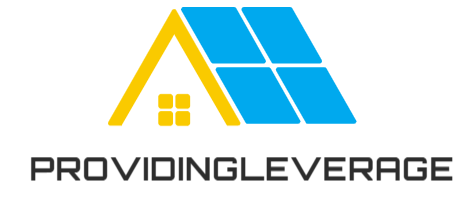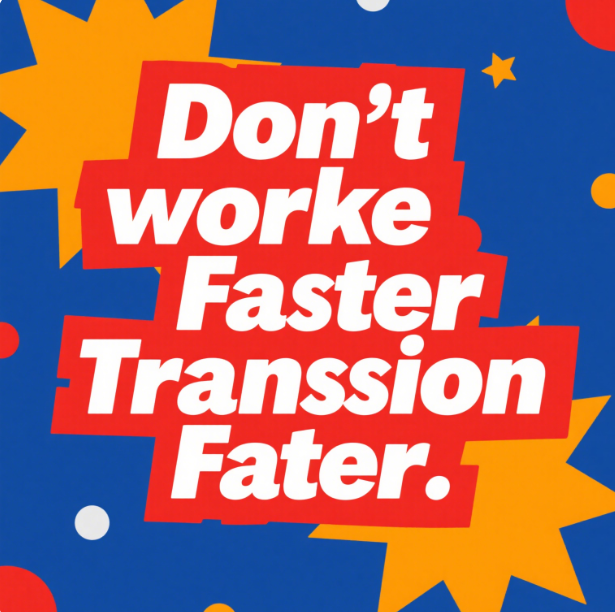The key to enhancing creative output lies not in working at a breakneck pace but in mastering the art of swift transitions. This insight, inspired by the world of endurance racing, can revolutionize how we approach our creative endeavors.
My journey into understanding this concept began in 2016 when I first encountered Spartan Racing. Picture an obstacle – course endurance event, where you traverse anywhere from 3 to 13 miles across rough terrain, all while tackling a series of challenging obstacles. You might run a mile, then scale an 8 – foot – high wall, swing across monkey bars, carry a 100 – pound stone for 10 yards, and then run another mile to face the next set of hurdles. What drew me to Spartan Races was their demand for holistic fitness. Unlike the lean build of a marathon runner, success here requires both strength and endurance.
My first race was a humbling experience. It took me nearly four hours to slog through eight miles of ankle – deep mud in the farmland outside Chicago. This arduous event was a wake – up call, revealing that I was far less fit than I had imagined. I lacked the strength and endurance I thought I possessed, and from that moment, I became committed to taking on more challenging endurance races.
In Spartan Racing, time is the primary metric. Naturally, when I decided to improve my performance, I assumed that running faster was the key. However, my friend Adil, a seasoned Spartan racer, pointed out the flaw in my thinking. He made me realize that in a Spartan Beast, which is typically 13 miles long with 30 obstacles, a “good” time of about 4 hours is actually quite slow when compared to a half – marathon. A half – marathon can be completed in 4 hours by walking, and at a 12 – minute – mile pace, it can be finished in 2.5 hours. So, what really slows racers down in a Spartan Race? The answer is the speed of their transitions.
Some racers make the mistake of pausing to catch their breath when they reach an obstacle, waiting in long lines, and then taking another break after completing it before resuming their run. This can easily add up to 5 minutes or more per obstacle. With 30 obstacles, that’s an extra 2.5 hours to the total completion time. In contrast, if you can jog up to the obstacle, tackle it immediately, and keep jogging afterwards, you can reduce that time to just 30 – 60 seconds per obstacle, cutting the total obstacle time from 2.5 hours to 30 minutes. It’s clear that while it’s almost impossible to save two hours by running faster, speeding up transitions can achieve that time savings.
This principle applies equally well to creative work, as I discovered during my one – month – draft challenge. I quickly realized that trying to increase my writing speed from 1,000 words per hour to 1,250 words per hour was a difficult feat, similar to improving my running pace from a 9 – minute mile to a 7.5 – minute mile. It was possible, but only with extensive training. When I forced myself to write 5,000 words in 3 – 4 hours, the quality suffered, and I felt exhausted. The real key, I learned, was to focus on optimizing the transition time before and after writing sessions.
Think about our typical pre – work routines. Whether we’ve consciously established them or not, many of us sit down to work, open our documents, and then start checking social media, emails, and texts, fidgeting with things on our desks, realizing we need water or a bathroom break, and even ordering toilet paper on Amazon. By the time we finally decide to focus, 10 or 15 minutes have passed. If we have 3 or 4 writing sessions a day, that’s over an hour wasted on procrastination. And we often repeat this pattern at the end of a session, before moving on to other tasks. In total, we can end up spending as much as two hours a day in these unproductive transitional phases, wondering where the day has gone.
To combat this, I took inspiration from Josh Waitzkin’s book, The Art of Learning. I established a strict rule for myself: start writing immediately when I begin a session. I created a simple pre – writing ritual – using the bathroom, getting a beverage, and starting up my walking desk – and then dived right into writing. When I finished a session, I would leave my desk and even the office to avoid getting distracted. The goal was to have near – instant starts and stops, making the transitions as seamless as possible.
However, this is easier said than done. One of the reasons we procrastinate during transitions is that we need to recover. After a creative sprint, our brains are tired and need a break before the next one. This is why optimizing creative recovery is just as crucial. If you can recover from creative sprints in 10 minutes instead of 30, you’ll unlock hours of additional high – quality creative work each day. You’ll no longer be stuck in the quagmire of unproductive, shallow work.




